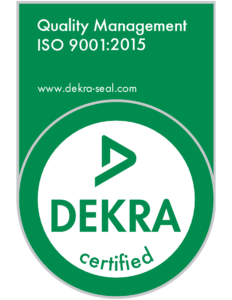Ultrasonic welding is a process used to join two plastic parts together using high-frequency ultrasonic vibrations. A rigid fixture is often used during the ultrasonic welding process to hold the parts in place and ensure proper alignment. Some benefits of using a rigid fixture in ultrasonic welding include:
- Improved accuracy: A rigid fixture holds the parts in place during the welding process, ensuring that they are properly aligned. This results in a more accurate weld and reduces the likelihood of defects or errors.
- Increased efficiency: A rigid fixture can speed up the welding process by allowing multiple parts to be welded simultaneously. This can increase production efficiency and reduce costs.
- Consistency: A rigid fixture can help ensure that each weld is consistent in terms of strength, appearance, and other key factors. This can improve overall product quality and reduce the likelihood of product failures or defects.
- Reduced operator error: Using a rigid fixture can reduce the risk of operator error during the welding process. The fixture holds the parts in place, reducing the need for the operator to manually align them, which can reduce the likelihood of mistakes.
Overall, a rigid fixture can help improve the efficiency, accuracy, and consistency of the ultrasonic welding process, resulting in better quality products and reduced costs.

